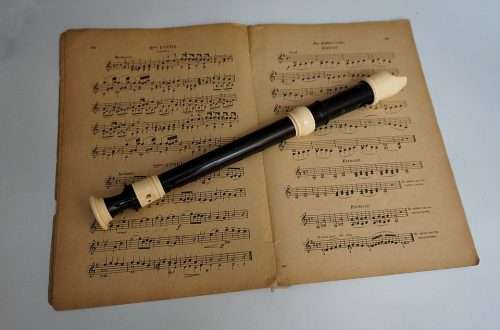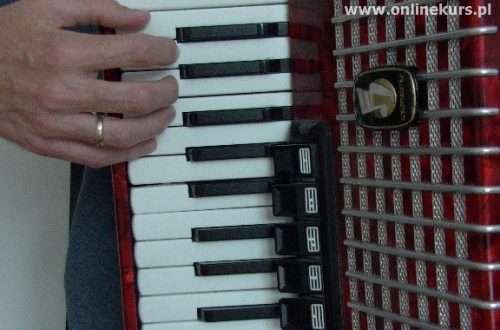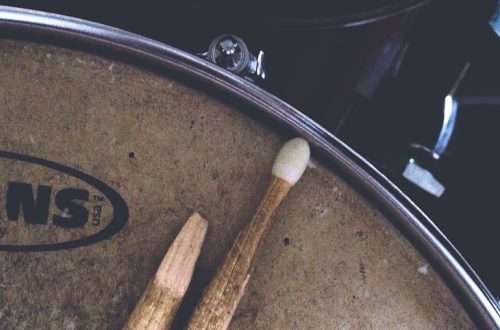
The beginnings of playing the saxophone
See Saxophones in the Muzyczny.pl store
 Where to start playing the saxophone
Where to start playing the saxophone
At the beginning, paradoxically, we do not need a saxophone to start learning to play, because at the beginning we have to learn to blow. For this, the exercise is enough for the mouthpiece itself. The mouthpiece should be properly assembled with the reed using a special machine in such a way that the edge of the reed is flush with the edge of the mouthpiece.
How to blow properly?
There are many techniques and methods of blowing out of which we can distinguish two of the basic ones. We count the so-called bloat to them. Clarinet, i.e. classic, where the lower lip is curled over the teeth and the mouthpiece is placed shallow. With this type of blast, the sound is nice and subdued in terms of volume. It gives the impression of a more noble, but at the same time a bit muffled, which means that it is less dynamically varied between individual sounds. The second type of embouchure is the so-called the bloat is loose and at the beginning I suggest you try it out. This inflection is based on the fact that the upper teeth are rigidly mounted on the mouthpiece, while the entire lower jaw is relaxed and moves depending on the register. The lower we go lower the notes, the more we put the jaw forward, the higher the note we want to play, the more we take the jaw up. With such a bloat, the lips do not roll over the teeth and it is good that the upper and lower lip should be more or less on the same level. Thanks to this arrangement, we will obtain a bright sound, played with a wide band, which cuts through the entire rhythm section well. How much of the mouthpiece should rest in the mouth, and how much outside is not strictly defined and should be deduced by everyone on the basis of trials. It is important that this mouthpiece does not move in your mouth, so you can additionally purchase a special sticker that will be a certain form of a rim informing us where we have our mouthpiece.
How to blow?
We put the mouthpiece about one centimeter from the edge of the mouthpiece to the mouth, the upper teeth must be well seated and always in the same place. On the other hand, the position of the lower teeth and lips depends on the register in which we are playing at a given moment. The first exercise will be to try to make the reed vibrate and produce a sound. Of course, the first attempts will be very unsuccessful, the sound will be distracting for us, so it is worth being patient for the first few weeks before our apparatus stabilizes. Remember that if we decide to have a loose embouchure, we should not overdo it in the other direction and not throw our lip out too much. So we draw air into the lungs, where we try to take the breath diaphragmically and when we blow into the mouthpiece for the first time, we always say the letter (t). We try to blow in such a way that the sound is stable and does not float. The diaphragmatic breathing gives the impression that we are taking it with the belly, that is, from the bottom and not from the upper part of the chest. In other words, we do not draw air with the top of the lungs, but with the lower parts of the lungs. At the beginning, it is worth doing such breathing exercises by yourself, without a mouthpiece and a saxophone.

Type of mouthpiece
We have open mouthpieces and closed (classic) mouthpieces. The range of sounds on the mouthpiece itself varies depending on the type of sound. The range that can be achieved with classic mouthpieces is very limited and amounts to only about a third – a quarter. On the open-entertainment mouthpiece, this range increases significantly and we can get even a distance of about a tenth. At the beginning, when playing on the mouthpiece itself, I suggest driving long notes of semitones upwards, and then downwards, best controlling it with a keyboard instrument such as a piano, piano or keyboard, in tune with it.

Summation
The beginnings of learning to play the saxophone are not the easiest ones, as it is the case with most wind instruments. Especially at the very beginning, you should spend a lot of time mastering the basics of the embouchure and producing the shaped sound correctly. Choosing the right mouthpiece and reed is also not the easiest choice, and only after passing this first stage of learning we will be able to specify our expectations.





